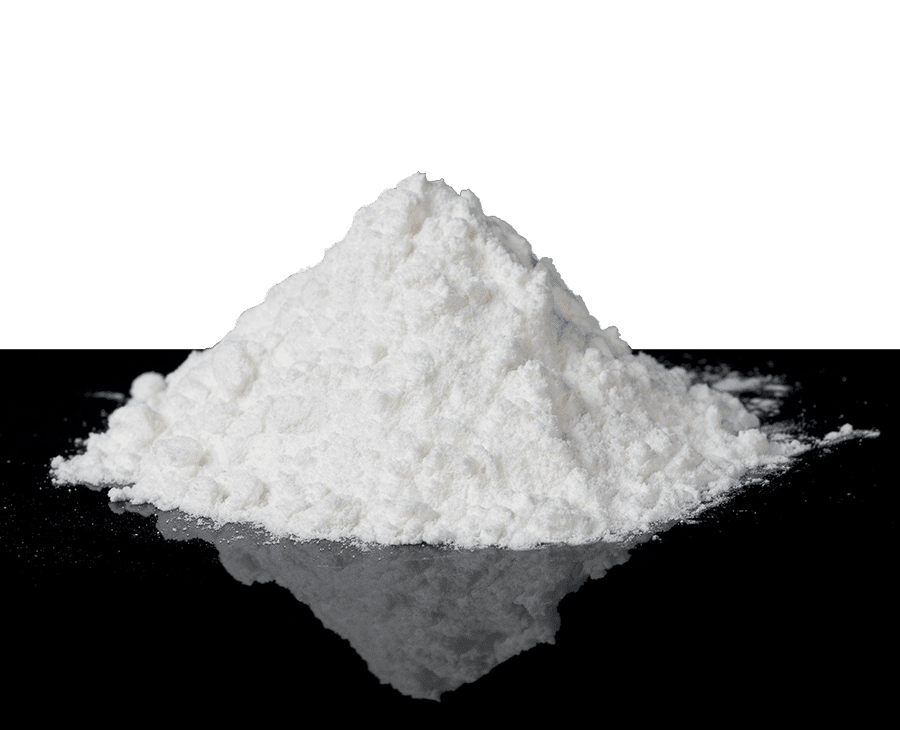Paraffin Wax
Paraffin Waxes in the solid state are usually white, translucent, tasteless, and odorless. They are hard, relatively brittle, and have a slightly dry feel. In a molten state, paraffin waxes are clear, colorless liquids of low viscosity. When melted, these waxes increase in volume by about 5-8%, resulting in a decrease in density.

Melting points for paraffin waxes have a range of 125 °F to 165 °F and may be classified into three general grades:
- Low Melting: 125 °F to 135 °F
- Mid Melting: 135 °F to 145 °F
- High Melting: 150 °F to 165 °F
Oil Contents are 0.5% or less for Fully Refined Paraffin Waxes. Specific gravities range from about 0.880 to 0.915 at room temperature.
Paraffin waxes are very stable. They do not chemically react with either concentrated alkalines or acids. The stable property of paraffin gave it the Latin name “parum” meaning too little, and “affinis” meaning akin. The translation; “too little relation to other substrates,” is an allusion to its chemical inactivity. This inactivity is somewhat temperature dependant since paraffin will react at high temperatures with either oxidizing or halogenating agents. This reaction produces either fatty acids and hydroxy acids or halogen substitution products, respectively.
Although paraffin has many useful characteristics, most commercial applications are based on its resistance to water and vapor and its glossy appearance when polished.
PRODUCTS
SDW 2006-002Melting Point: 125 °F (52 °C) Scale Wax |
|
BW 407Melting Point: 128 °F (53 °C) |
|
BW 422Melting Point: 142 °F (61 °C) |
|
BW 436Melting Point: 152 °F (67 °C) |
|
BW 450Melting Point 130 °F (54 °C) Semi-Refined Paraffin Wax |












